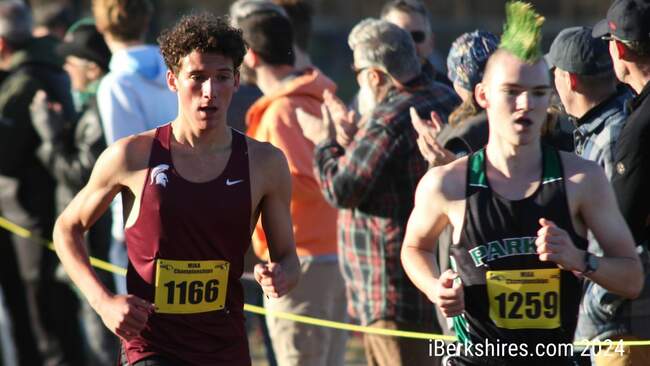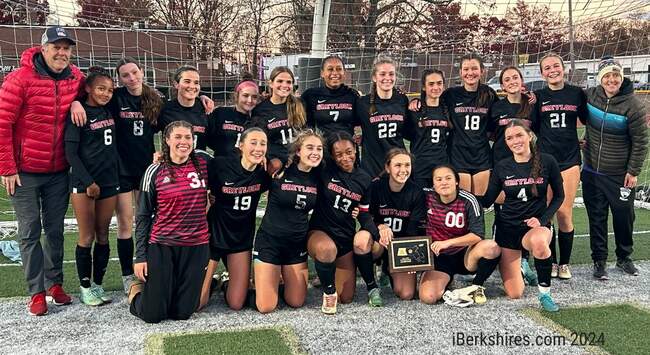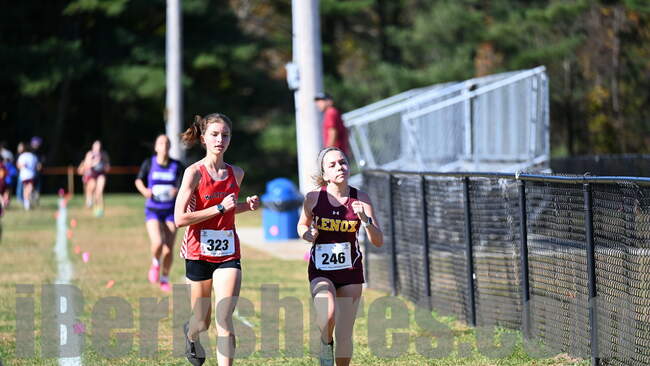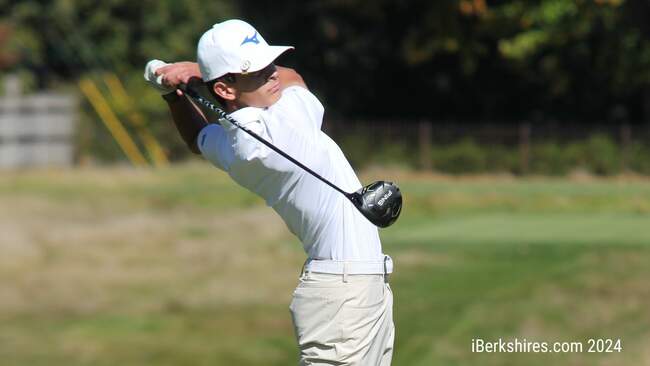
Top 5 Tips for Snow Blower Safety
 |
Vermont receives an average of 89 inches of snow every winter, so it’s a good time for a refresher on snow blower safety. While our snow-removal machines are helpful, they can be dangerous too. In fact, the majority of winter hand injuries relate to the use of a snow blower. They add up to thousands of injuries each year. Here are the top five tips for snow blower safety:
-
Dress appropriately. Warm well-fitting clothes are a must. Anything loose or dangling, like a scarf, could become tangled in the machinery and cause an accident. Footwear with good traction is also important, as slip and fall injuries are common, as well. Ear plugs or noise-canceling headphones will help protect your hearing.
-
Take note of the conditions and surroundings. Injuries are most common when snow is heavy, wet or has accumulated several inches. Also, keep your driveway and walkways clear of things that could jam your blower if you ran over them. Remember that objects can disappear under a few inches of snow, so be sure to clear them before the snow gets too deep.
-
Snow blowers should be operated by capable adults, not children. Make sure you are well rested and not under the influence of any medications or alcohol. It’s important to be 100 percent focused on the task of snow blowing.
-
The biggest risk for injury happens when a snow blower gets clogged. Prevent clogs by working briskly. The faster you work, the faster the blade turns and the less likely it is to stick. Blowing snow several times during a storm also helps keep the amount of snow within a manageable range for the machine.
-
If the machine clogs, stop what you are doing and turn it off. Keep all shields in place. Make sure the blades stop before you touch them. Use a tool or stick to clear the clog, even when it is turned off. Dislodging a clog can cause parts to move unexpectedly. This can cause serious injury, including amputation.
Using your snow blower safely reduces the risk of injury. With these tips, we can enjoy the convenience of snowblowing without risking our fingers and hands.
David Veltre, MD, is a hand and upper extremity specialist at SVMC Orthopedics, part of Southwestern Vermont Medical Center and Southwestern Vermont Health Care in Bennington. He also sees patients at Northern Berkshire Orthopedics in Williamstown, MA.

Tags: svhc, SVMC,















